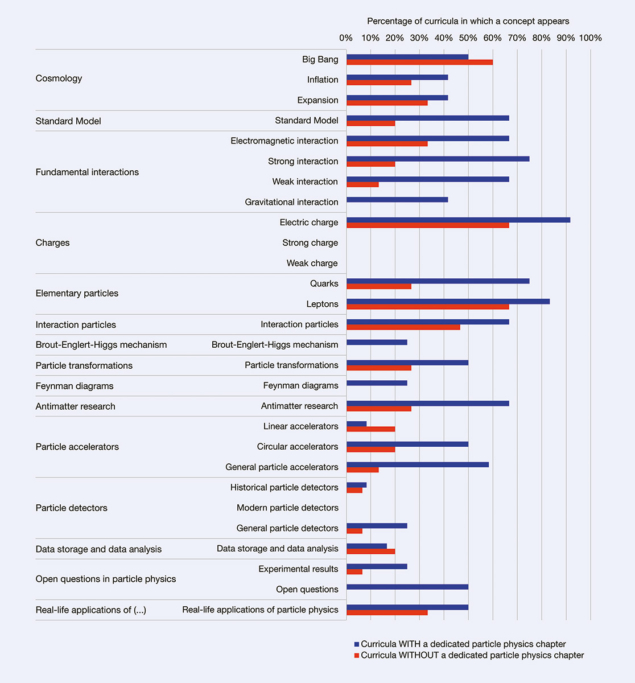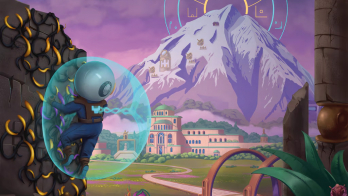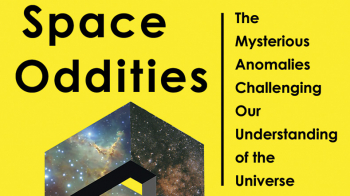Anja Kranjc Horvat surveys the representation of particle physics in high-school curricula across the world, revealing gaps that need to be bridged.

The 2020 update of the European strategy for particle physics couldn’t have put it better: “The particle-physics community should work with educators and relevant authorities to explore the adoption of basic knowledge of elementary particles and their interactions in the regular school curriculum”. The past decades have witnessed a heightened interest in introducing particle physics to high-school students. On top of the growing number of educational activities proposed in physics-education research literature, more and more high-school curricula explicitly include particle-physics topics. Yet, a big question lingers: what is the true extent of particle-physics representation in current high-school curricula?
In 2021, CERN physics-education researchers undertook a review encompassing 27 high-school physics curricula, spanning both CERN member and non-member states, to address this question. Each curriculum was analysed by at least two teachers from the CERN teacher programmes alumni network who are well acquainted with their respective curricula and the 28 particle-physics concepts on which the review was based (see “Standard Model” image). The review sought to identify existing trends and chart a roadmap for future curricular developments while also providing a benchmark for CERN’s outreach and educational initiatives.
Two types
The curricula included in the review can be split into two types depending on whether they contain any chapters that explicitly focus on particle-physics content. For the curricula with an explicit emphasis on particle physics (International Baccalaureate, Austria, Australia [Queensland], Croatia, Germany [Brandenburg], Israel, Russia, Switzerland [Nidwalden], Serbia, South Africa, Spain and the UK), the results show that more than half contain the following 10 particle-physics concepts (out of 28 included in the review): the Standard Model, electromagnetic interaction, strong interaction, weak interaction, quarks, leptons, interaction particles, antimatter research, general particle accelerators and open questions in particle physics.
For the curricula without any focus on particle physics (Brazil [São Paolo], Canada [Manitoba], Germany [Baden-Württemberg; Saxony], France, Ghana, Greece, Italy, Lebanon, the Netherlands, Poland, Slovakia, Slovenia, Sweden and the US), only four particle-physics concepts (out of 28 included in the review) were found in more than half of them: the Big Bang, electromagnetic interaction, electric charge and leptons.
The great majority of the concepts that appeared in more than half of the reviewed curricula were classified as theoretical particle-physics concepts. On the other hand, experimental concepts were generally lacking. Indeed, only particle accelerators appeared in a notable number of curricula with a dedicated particle-physics chapter. Even then, particle accelerators mostly appeared as context within electromagnetism without being explicitly connected to particle physics. Particle detectors appeared even less often in the curricula. Some historical particle detectors, such as the Geiger–Müller counter, were occasionally featured within the context of radiation. However, state-of-the-art detectors such as the LHC experiments were conspicuously absent from all reviewed curricula.
Emphasising real-world experimental contexts, such as modern particle detectors and their applications across domains such as medicine and art, could enrich student learning and interest
This lack of the experimental aspects of physics in high-school physics curricula is not limited to particle physics. Excplicit examples of the importance and value of experiments in science is often absent in high-school curricula, showing physics as a set of solidified facts. Ultimately, this can lead to gaps in students’ understanding of the role of experiments in science. Indeed, the contemporary relevance and the blend of theory and experiments within particle physics can offer students a unique opportunity to learn about how real modern science is done and what is the nature of science. Furthermore, emphasising real-world experimental contexts, such as modern particle detectors and their applications across domains such as medicine and art, could enrich student learning and interest.
The connection between particle interactions and the charges that govern them represents another noticeable gap. While the idea of an electric charge is relatively common within discussions on electromagnetism, concepts such as strong and weak charge are conspicuously absent. This is intriguing, especially since the strong and weak interactions are mentioned in several curricula either within the particle-physics or the nuclear-physics chapters. Moreover, electric charge remains referred to merely as charge, which can lead to difficulties in understanding different types of charge down the line. Hence, introducing strong and weak charge can provide a more rounded understanding, even without delving into unnecessary mathematical interpretations. Such introductions could form foundational pillars for students aiming to move further into particle physics and its related domains.
What next?
Particle physics has unequivocally made its mark in high-school education. The consistent presence of certain foundational concepts – electromagnetic interaction, leptons and electric charge – across curricula signals a universal baseline. However, the road to a meaningful introduction of particle-physics concepts in high-school classrooms is still long.
The glaring gap in experimental particle physics underscores that there is an immediate area of focus for our outreach efforts. Bridging this gap will ensure that students gain a more well-rounded understanding, synergising theoretical knowledge with cutting-edge experimental practices.
In addition, a review of particle-physics vocabulary, both in the context of charges and beyond, could improve students’ overall understanding of particle physics. By using clear and consistent language, communicators and educators can help reduce possible misunderstandings in the future.
Finally, the narrative around particle physics can serve as more than just a lesson on subatomic particles. It can be a lens, magnifying the very process of science: its challenges, its dynamism and its unparalleled ability to shape and reshape our understanding of the universe. As curricula designers ponder the next iteration, one hopes that particle physics finds a more holistic representation. The next generation of physicists, scientists and curious minds deserve nothing less
Further reading
A Kranjc Horvat et al. 2022 Physics 4 1278.








